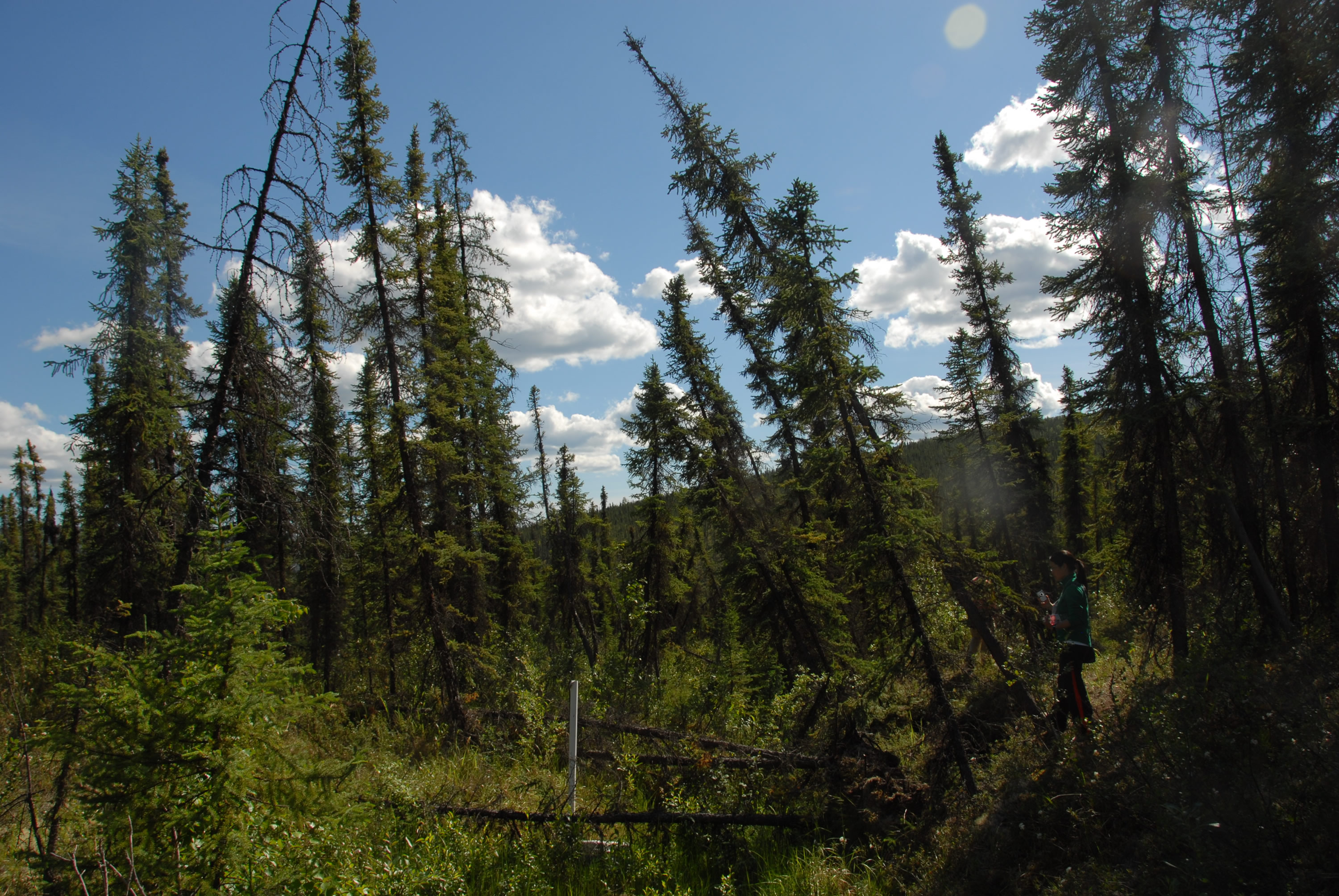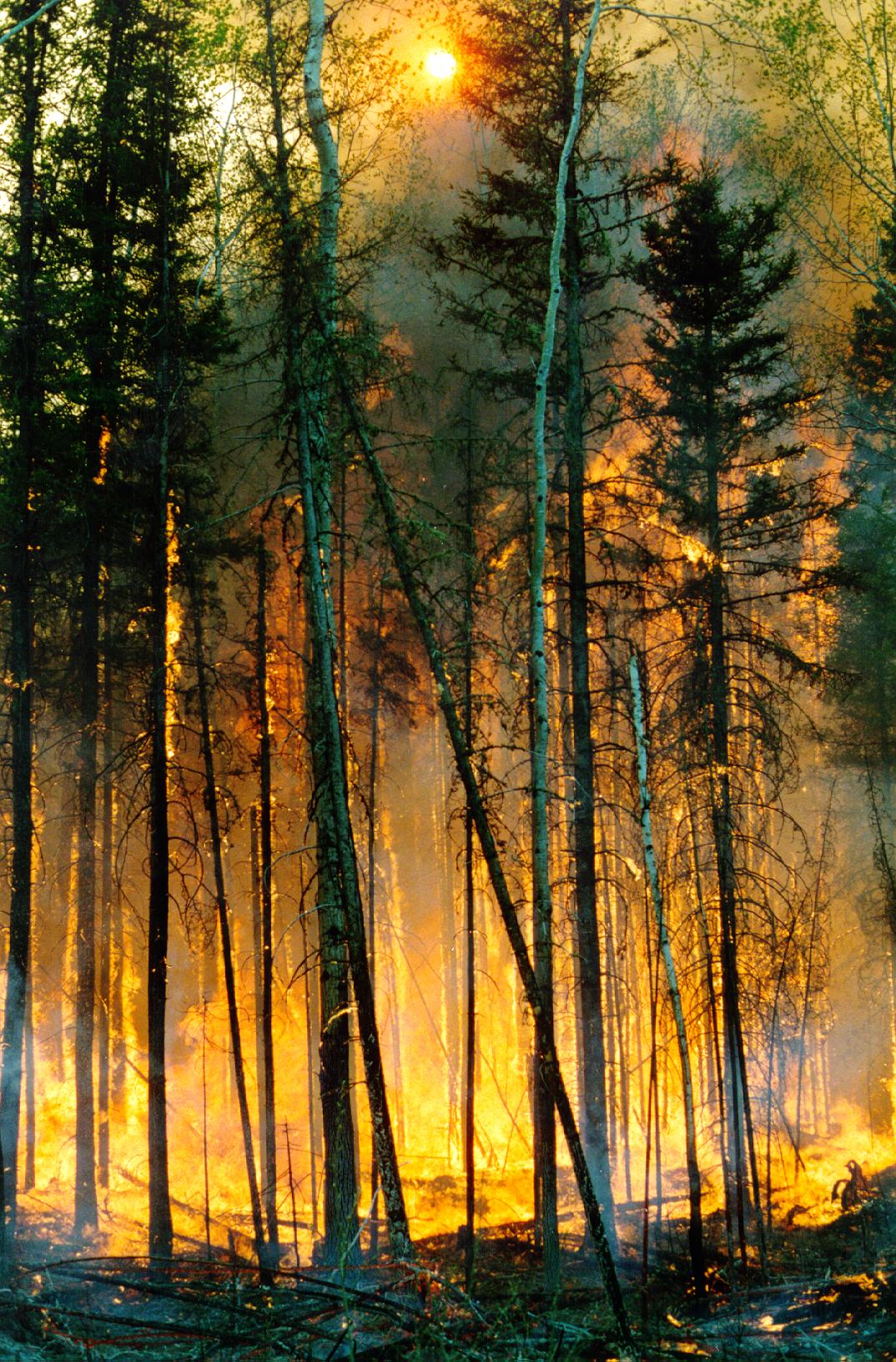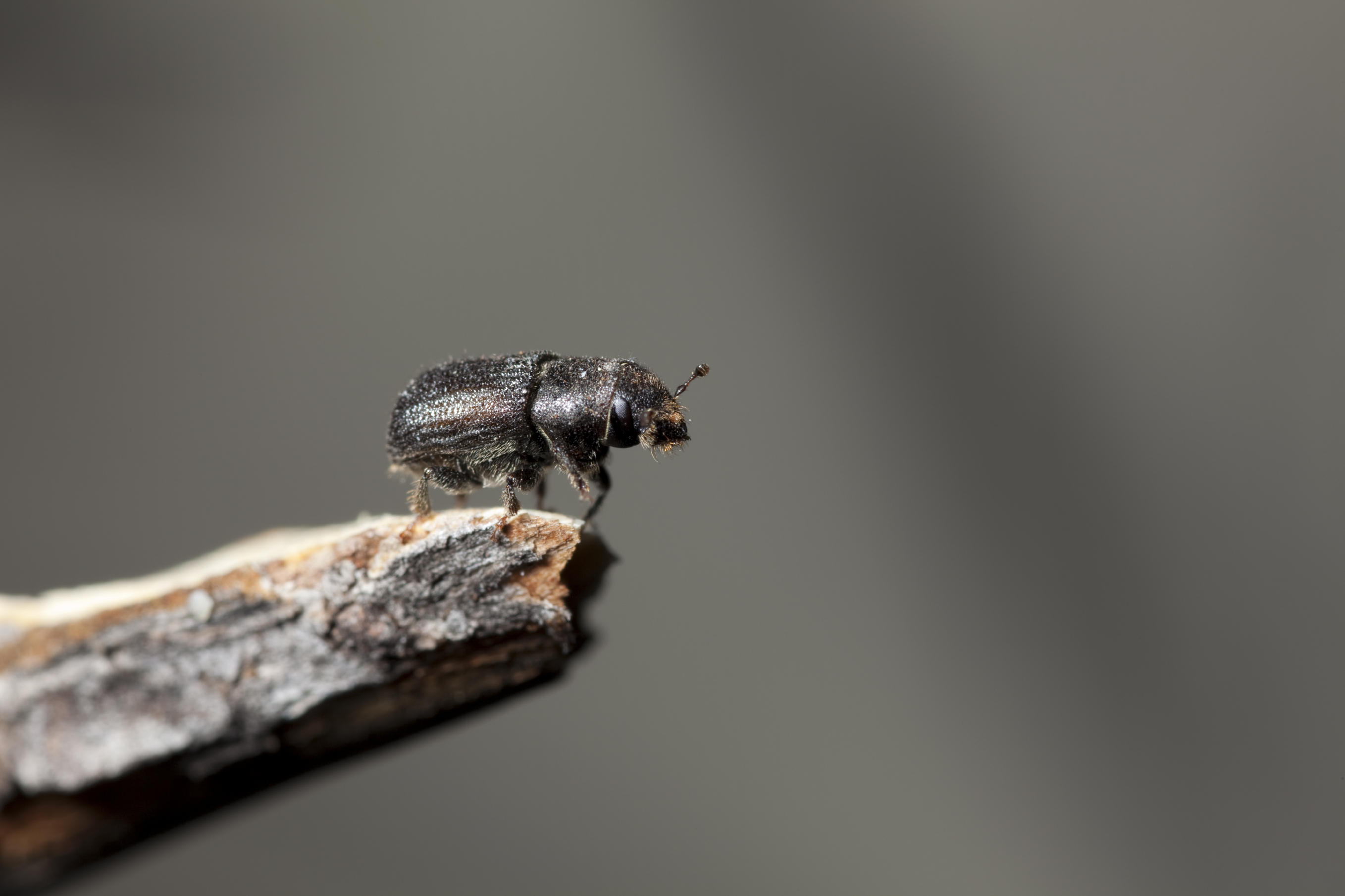This is a contributed post written by former SRC employee Mark Johnston.
Thirty per cent of the world’s boreal forest area is in the Canadian boreal forest, second only in size to the boreal forest in Russia. Canada’s massive expanse of boreal forest – three million square kilometers – is undergoing a serious transformation due to climate change. I’m fortunate to be part of a large group (16 authors!) of Canadian forest scientists who are investigating how climate change will impact the Canadian boreal forest. We recently published a comprehensive review of our findings, but I’ll give you the condensed version.

Rising Temperatures in the Boreal Region
Since the 1850s, the mean annual temperature in the boreal region of Canada has risen by 0.5 C to 3.0 C, with increases greater than 2.0 C west of the Manitoba-Ontario border. The Intergovernmental Panel on Climate Change recently published its fifth assessment report, and it concluded that increases of 2 C in mean annual temperature by 2050 are highly probable, and mean annual temperatures across the Canadian boreal zone could be 4–5 C warmer by 2100.
Forest Producing Greenhouse Gases
All aspects of boreal forest ecosystem function are likely to be affected by these temperature increases. Approximately 40 per cent of the Canadian boreal forest is underlain by permafrost, some of which is already degrading irreversibly. This will result in a repeated process of forest decline and re-establishment lasting several decades. Significant quantities of greenhouse gases (especially CO2 and methane) will be released in this process, amplifying the future global warming trend.
Droughts and Wildfires
Warmer temperatures, coupled with changes in the distribution and timing of annual precipitation, are likely to cause serious tree-killing droughts in the west. East of the Great Lakes, however, warming coupled with increasing atmospheric CO2 may stimulate increased tree growth. Large wildfires, which can cause serious economic losses, are expected to become more frequent, but increases in mean annual area burned will be relatively gradual. Wildfires release large amounts of CO2, which may also amplify future temperature increases.
Forest Insect Outbreaks
 The most immediate threats could come from forest insect pests. Relatively small temperature increases can lead to population outbreaks. This has already happened in British Columbia with the Mountain Pine Beetle. The beetle is likely to spread east through the rest of the Canadian boreal forest over the next few decades.
The most immediate threats could come from forest insect pests. Relatively small temperature increases can lead to population outbreaks. This has already happened in British Columbia with the Mountain Pine Beetle. The beetle is likely to spread east through the rest of the Canadian boreal forest over the next few decades.
What the Future Holds
Quantifying the multiple effects of climate change is challenging, particularly because there are great uncertainties attached to possible interactions among them, as well as with other land-use pressures, such as urban expansion and the impacts of resource development.
Considerable ingenuity is needed from forest managers and scientists to address the formidable challenges posed by climate change to boreal ecosystems. Government and industry forest managers and forest scientists will need to work together to develop effective strategies to adapt sustainable forest management practices to the impending changes.
SRC is among the national leaders in working with the forest sector in developing climate change adaptation options for forestry companies and forest-based communities.
